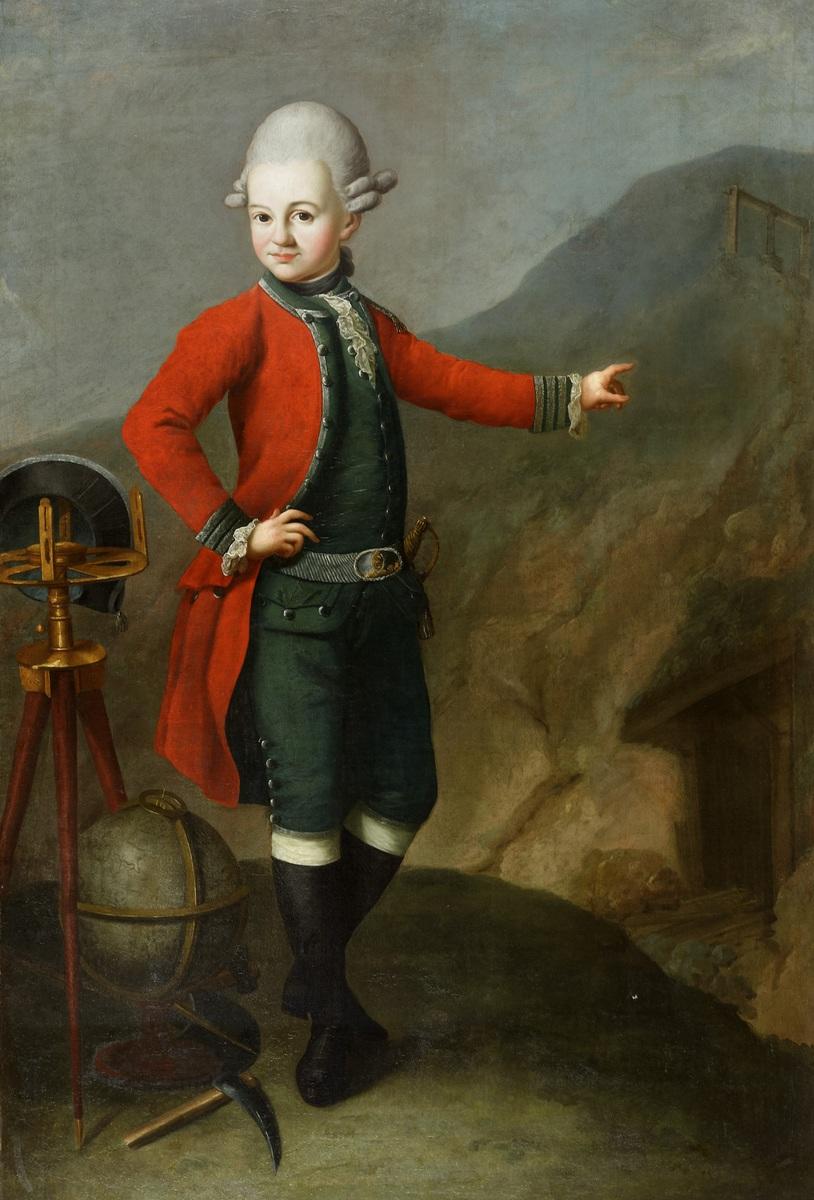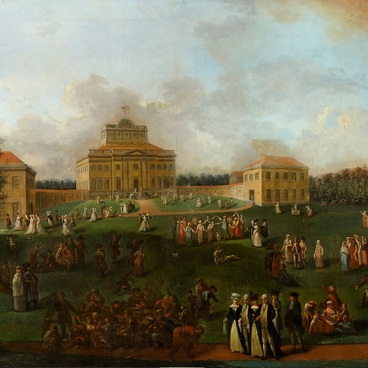The name of Leonty Semyonovich Stanischevsky, who worked in the second half of the 18th century, is almost unfamiliar to a wide circle of viewers. The artist is mentioned in archival documents among students of the professor of the St. Petersburg Imperial Academy of Arts, director of the St. Petersburg trellis workshop, owner of a private home school, Gavriil Ignatievich Kozlov. The name of Leonty Semyonovich Stanischevsky, who worked in the second half of the 18th century, is almost unfamiliar to a wide circle of viewers. The artist is mentioned in archival documents among students of the professor of the St. Petersburg Imperial Academy of Arts, director of the St. Petersburg trellis workshop, owner of a private home school, Gavriil Ignatievich Kozlov.
The collection of the Yekaterinburg Museum contains three unique signed portraits of the sons of the Ural miner Alexei Fedorovich Turchaninov, painted by L. C. Stanischevsky. On the back of each, the author wrote not only his name, but also a brief biography of the portrait. In St. Petersburg, A.F. Turchaninov, who initiated the extraction and artistic processing of malachite, owned a house where, probably, portraits of his sons — Alexei, Peter and Alexander — were painted. It is known that this miner was an outstanding collector. These portraits were exhibited in the main manor house of the Turchaninovs in Sysert, where works of genre painting, sculpture, decorative and applied art of Russia and Western Europe comprised luxurious decoration.
Even the aridity and static, which are usual for a ceremonial image, cannot hide boyish vivacity and mobility in these portraits, and the touching plumpness of ruddy faces makes a funny contrast with the military severity of uniforms. In those days, in the Russian noble families the newly born boys they were immediately enrolled in the regiment, and by the age of 15-16 they were already in rather high ranks. The image of eleven-year-old Alexei retains the features of the old parsuna, as if it were spread out on the surface of the canvas. The freshness of the face of the manufactorer’s eldest son is slightly mitigated by the naive severity of the conditional landscape and business accessories of the young mining engineer. Children’s portrait in the 18th century was quite rare and was difficult to implement. The image of Aleksey Turchaninov is one of the classic examples of that portrait, where childish naivety and purity clearly appear through the ceremonial arrogance of the images.



